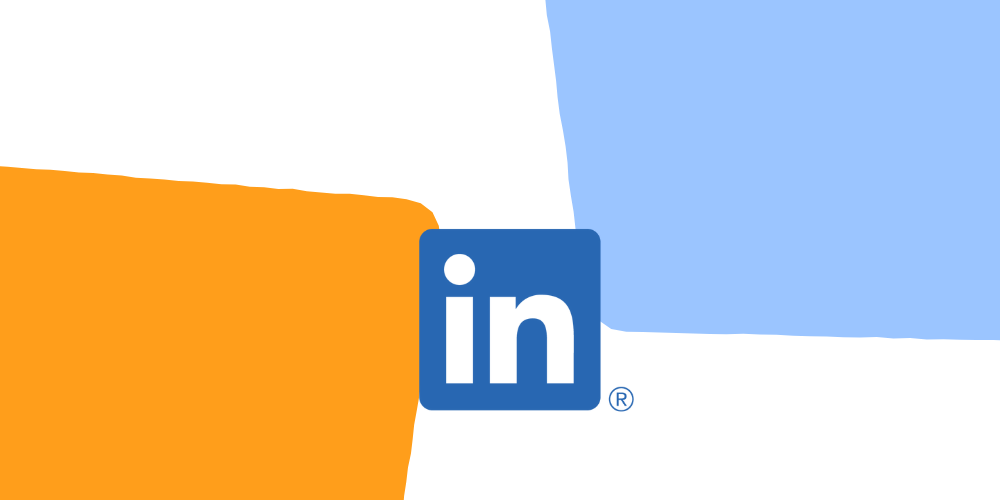With over 700 million professionals, LinkedIn has established itself as a powerful platform for businesses to connect and engage with the right audience. For business-to-business (B2B) marketers, the ability to effectively reach and engage professionals in their respective industries is crucial. This is where LinkedIn’s ad targeting options come into play.
LinkedIn’s ad targeting options provide B2B marketers with a range of tools to reach their target audience with precision. In this blog post, we will dive into the specific targeting options available on LinkedIn Ads and explore how they can be effectively used to reach B2B audiences.
Location Targeting
Location targeting is required when advertising on LinkedIn, and you can choose to target multiple locations. A person’s location is determined by the location that a user adds to their LinkedIn profile or their IP address (if focusing on short-term locations). There are some locations which are prohibited, these tend to be countries that have sanctions imposed on them by the US Treasury or Office of Foreign Assets.
Audience Attributes
LinkedIn allows marketers to target ads based on various demographic factors. These include industry, job title, company size, seniority level, and more. By understanding the specific demographics of your target audience, you can tailor your ad campaigns to reach the right professionals who are more likely to be interested in your products or services.
Let’s take a look at the available options.
Company
In this section, you can target users based on company name, size, industry, revenue, growth rate and more.
You can also use specific account targeting, which allows B2B marketers to reach specific companies or organisations. This targeting option is ideal for companies that have identified a list of high-value target accounts and want to focus their advertising efforts on these prospects.
LinkedIn’s account-based targeting works by uploading a list of company names or domains, and then serving ads to professionals who work in those companies. This allows you to tailor your messaging directly to the individuals within your target accounts who can influence purchasing decisions.
Company targeting enables personalised and highly targeted advertising, increasing the likelihood of capturing the attention of key decision-makers and ultimately driving business opportunities.
Demographics
This is a pretty straightforward targeting method – allowing you to target by age or gender.
Education
This category allows you to target individuals based on their educational background. From which school/university they went to and degrees they have to fields of study they are interested in.
For example, if you are a company selling merchandise from a specific university, you can target alumni as well as current students.
Job Experience
When it comes to Job Experience, you can target people based on their job title, function, skills or years of experience.
For example, if you are a company selling marketing automation software, you can target professionals in the marketing or technology industry, with job titles such as “Marketing Manager” or “Chief Marketing Officer”. This level of granularity allows you to make sure that your ads are seen by decision-makers who have the authority to purchase your product.
Interests and Traits
Here you can reach professionals who have shown specific interests related to your industry or product. This targeting option is particularly useful if you want to target people who are actively engaged in a particular topic or industry. This is done by gathering data from Member Groups as well as trends identified from user behaviours and actions on LinkedIn.
For instance, if you are a company offering HR consulting services, you can target professionals who follow HR-related groups or publications, or have indicated an interest in talent management or employee engagement. By targeting professionals with a specific interest, you can maximise the relevance and impact of your ads, increasing the chances of engagement and conversion.
Matched Audiences
Matched audiences are custom segments that you can use to upload a list of companies or contacts that you already have, as well as integrating contacts from a third party system such as a sales CRM. You also have the ability to create lookalike and predictive audiences based on people who have already interacted with your company page or website.
Retargeting
Retargeting is also available through the matched audiences section. Retargeting is a powerful tool that allows you to reach professionals who have already engaged with your brand or website. With LinkedIn’s retargeting options, you can deliver ads to individuals who have visited your website, engaged with your content, or interacted with your previous ads on the platform.
By retargeting previous website visitors or engaged LinkedIn users, you can reinforce your brand message, nurture leads, and increase conversion rates. Customising your ads based on the actions users have taken enables you to deliver highly relevant content and ensure that your brand remains top-of-mind throughout the buyer’s journey.
Conclusion
In conclusion, LinkedIn’s ad targeting options provide B2B marketers with a plethora of tools to effectively reach their target audience. By leveraging the different targeting methods, B2B marketers can ensure their ads are seen by the right professionals at the right time.
To successfully leverage LinkedIn’s ad targeting options, it is crucial to have a deep understanding of your target audience, their preferences, and their behaviours. By tailoring your ad campaigns to reach the right professionals with the right message, you can significantly increase the success of your B2B marketing efforts on LinkedIn.
Now that you understand the targeting options available, why not give it a go for yourself. Want to learn more about LinkedIn Ads? Check out our blog – Demystifying LinkedIn Ads.




